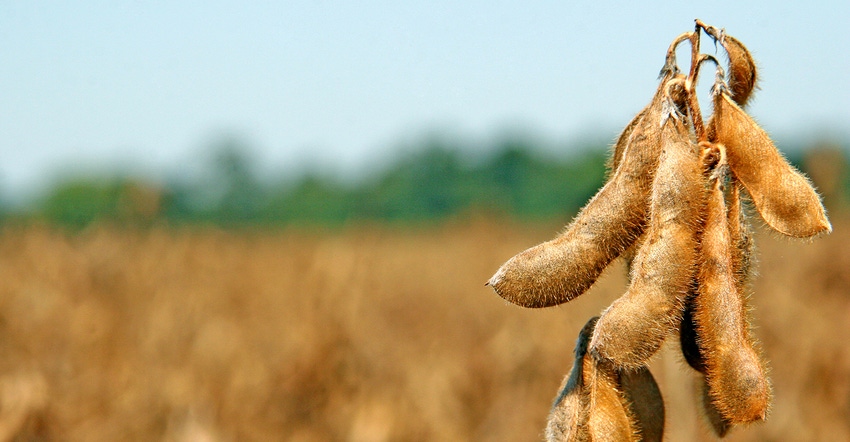
New University of Missouri Extension plant pathologist Kaitlyn Bissonnette brings research on soybean cyst nematode (SCN) management to Missouri.
SCN numbers are growing in Missouri as farmers devote more acres to soybean production. SCN infests about 75 percent of Missouri fields, according to a recent survey by MU College of Agriculture, Food and Natural Resources researcher Melissa Mitchum. Many of these fields have high SCN egg counts.
SCN populations are changing also. Traditional management practices for SCN—crop rotation and resistant soybean varieties—are not as effective as they once were, says Bissonnette
“Seed treatments are an emerging tool in the SCN management toolbox that can be used as a supplement to traditional SCN management practices,” she says. “They have the potential to change the way we manage SCN.”
While seed treatments show promise, they do not give season-long control. Performance depends upon soil conditions, temperature and rainfall. And they are expensive.
According to Iowa State University Extension researcher Greg Tylka, the number SCN-resistant soybean varieties is increasing, from fewer than 25 in 1991 to more than 950 in 2016. However, nearly all varieties are of the type PI 88788, which means they have the same resistance source. Further complicating the problem is that resistance is inconsistent among varieties, says Bissonnette.
Eggs within cysts (dead females) can survive up to 10 years in the soil, even when rotating to non-host crops such as corn and planting SCN-resistant varieties. When in the presence of a soybean host, they can reproduce, often with three to six cycles in one growing season.
SCN-resistant varieties help to reduce SCN reproduction during the growing season, but they do not eliminate reproduction entirely. Nematodes that reproduce on a SCN-resistant variety can then produce eggs that can reproduce on other SCN-resistant varieties with the same resistance source. Over time, the population of nematodes in the soil changes to survive when farmers continually plant varieties with the same resistance source.
DIMINISHING RESISTANCE
As a result, SCN-resistant seed varieties become less effective. “Can anyone say ‘glyphosate’?” Bissonnette says, referring to the development of glyphosate-resistant weed populations after repeated use of the herbicide for weed control.
Bissonnette and her colleagues recommend “rotate, rotate, rotate” to manage SCN:
Rotate with a non-host crop such as corn, alfalfa or small grains.
Rotate to resistant varieties. When numbers are high, do not plant a susceptible variety.
Rotate resistance sources (Peking, PI 88788, Hartwig) or the resistant varieties you use.
Multiple university researchers report that SCN egg numbers can be reduced between 5 percent and 50 percent in the first year after corn in rotation. However, the effectiveness of rotation drops in the second and third years of the rotation. This makes it important to manage SCN while egg numbers are low, Bissonnette says.
She and other researchers, along with the Iowa Soybean Association, tested Clariva and ILeVO seed treatments for SCN management in university small plot experiments and in statewide strip trials. They measured reproductive factor and yield changes per acre.
They found variability in both SCN reproduction and yield in individual test plots and by location. Some reductions in SCN reproduction were significant, she says, but inconsistent.
For more information, you can reach Bissonnette at [email protected] or follow her on Twitter at @kmbiss
About the Author(s)
You May Also Like




